Home>Furniture & Design>Interior Design Trends>How To Dispose Of Broken Glass
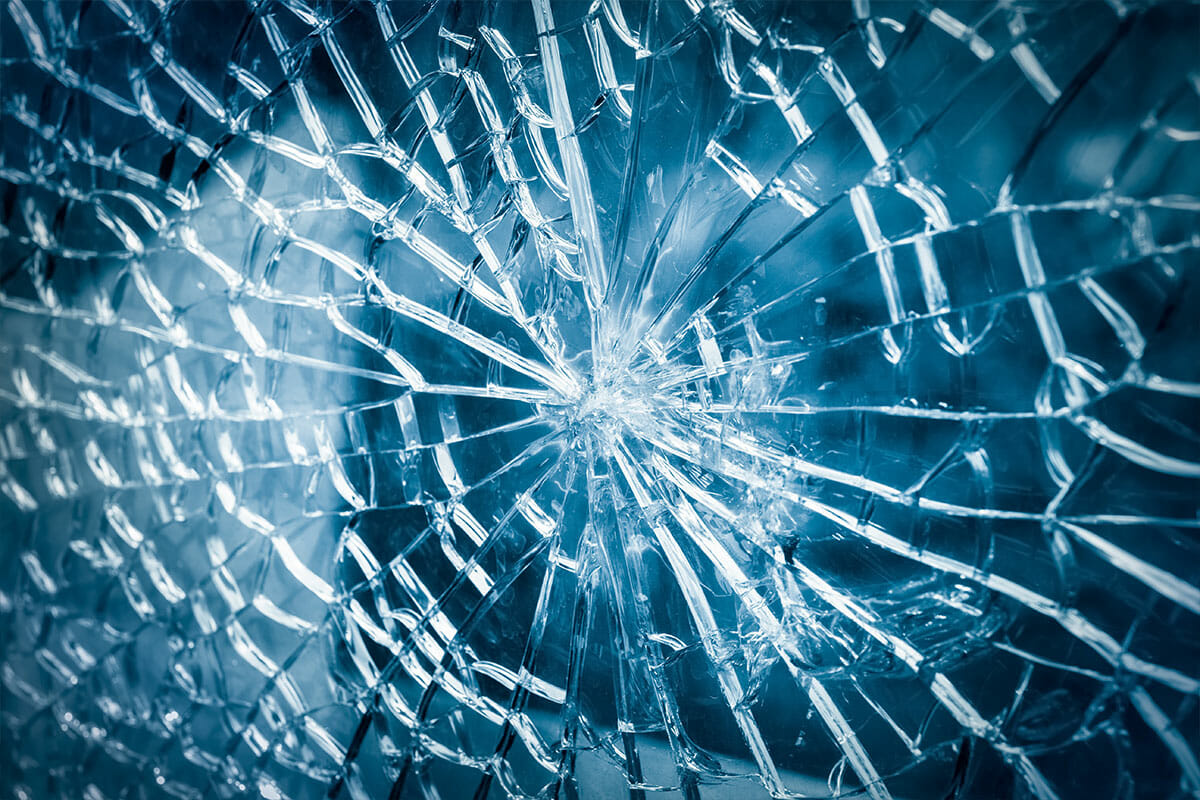

Interior Design Trends
How To Dispose Of Broken Glass
Modified: February 18, 2024
Learn the safest ways to dispose of broken glass and keep up with the latest interior design trends. Find expert tips and advice here!
(Many of the links in this article redirect to a specific reviewed product. Your purchase of these products through affiliate links helps to generate commission for Storables.com, at no extra cost. Learn more)
Safety Precautions
When dealing with broken glass, safety should be your top priority. The sharp edges and unpredictable nature of shattered glass make it crucial to approach the cleanup process with caution. Here are some essential safety precautions to keep in mind:
-
Protective Gear: Before you begin, ensure that you are equipped with the necessary protective gear. This includes sturdy gloves to shield your hands from potential cuts and sturdy closed-toe shoes to protect your feet from stray glass shards.
-
Secure the Area: Start by cordoning off the area where the glass has shattered to prevent anyone from accidentally stepping on or coming into contact with the broken pieces. Use warning signs or barriers to clearly mark the hazardous zone.
-
Assess the Situation: Take a moment to assess the extent of the glass breakage. Determine whether it is a small, contained area or if the glass has scattered over a larger space. This assessment will help you plan the cleanup strategy accordingly.
-
Use Caution: Approach the broken glass with extreme care. Avoid making any sudden movements that could cause the glass to shift or spread. If the glass is in a high-traffic area, consider temporarily redirecting foot traffic to prevent accidents.
-
Avoid Bare Hands: Never attempt to pick up broken glass with your bare hands. Even tiny shards can cause painful cuts and potential infections. Instead, use tools like tongs, dustpans, or brushes to handle the glass safely.
-
Proper Disposal: Be mindful of how you dispose of the broken glass. Use a sturdy container, such as a cardboard box or a plastic container, to collect the glass shards. Ensure that the container is labeled as "broken glass" to alert others to its contents.
-
Thorough Cleanup: Once the glass is removed, thoroughly clean the area to eliminate any residual glass particles. Use a damp paper towel or a sticky lint roller to pick up smaller, hard-to-see pieces. Vacuum the area carefully, preferably with a vacuum cleaner equipped with a hose attachment.
By adhering to these safety precautions, you can minimize the risk of injuries and effectively manage the cleanup of broken glass in a secure and responsible manner. Remember, taking the time to prioritize safety ensures a smooth and hazard-free glass disposal process.
Key Takeaways:
- Prioritize safety by wearing protective gear, securing the area, and using caution when handling broken glass. Thoroughly clean the area to ensure a hazard-free environment.
- Gather broken glass methodically, use appropriate tools, and transfer to a secure container labeled “broken glass” for safe disposal. Pay attention to detail and be patient.
Gathering the Broken Glass
Gathering the broken glass is a critical step in the cleanup process, and it requires a methodical approach to ensure thorough removal while prioritizing safety. Here's a detailed guide on how to effectively gather the broken glass:
-
Assess the Area: Begin by carefully surveying the extent of the glass breakage. Take note of any large shards, as well as smaller, more dispersed pieces. This initial assessment will help you determine the most suitable tools and techniques for gathering the glass.
-
Prepare the Tools: Equip yourself with the necessary tools for safe glass collection. Sturdy gloves, preferably made of thick leather or cut-resistant material, are essential to protect your hands from sharp edges. Additionally, consider using tongs, a dustpan and brush, or even pieces of stiff cardboard to aid in the gathering process.
-
Start with Large Pieces: If the broken glass includes larger, more visible pieces, carefully pick them up with gloved hands or use tongs to grasp and transfer them to a designated container. Handle each piece with caution to avoid causing further breakage or injury.
-
Address Small Fragments: Small glass fragments can be more challenging to gather, as they may be scattered across a wider area. Use a dustpan and brush to systematically sweep the area, gently guiding the smaller pieces into the dustpan. Alternatively, press a piece of stiff cardboard against the floor to collect the tiny shards effectively.
-
Utilize Sticky Tape or Lint Roller: For hard-to-spot glass particles, employ the use of sticky tape or a lint roller. Press the adhesive side onto the floor to pick up tiny, nearly invisible shards. This meticulous approach helps ensure that even the smallest glass fragments are accounted for and safely removed.
-
Check Hidden Areas: Don't overlook hidden or less accessible areas where glass particles may have landed. Inspect nearby surfaces, crevices, and even the soles of shoes to prevent the inadvertent spread of glass to other areas.
-
Transfer to a Secure Container: Once all visible and accessible glass pieces have been gathered, carefully transfer them to a sturdy container designated for broken glass disposal. Ensure that the container is labeled clearly to alert others of its contents and prevent accidental exposure.
By following these steps, you can effectively gather the broken glass, minimizing the risk of injuries and ensuring a thorough cleanup. Remember, patience and attention to detail are key when collecting broken glass, as thoroughness in this stage sets the foundation for a safe and successful disposal process.
Disposing of Small Glass Pieces
When it comes to disposing of small glass pieces, meticulous attention and careful handling are paramount. Despite their size, these tiny fragments can pose significant safety risks if not managed properly. Here's a comprehensive guide on the safe and effective disposal of small glass pieces:
-
Use Protective Gear: Before addressing small glass pieces, ensure that you are wearing sturdy gloves to shield your hands from potential cuts. Additionally, consider wearing protective eyewear to safeguard your eyes from any airborne glass particles during the disposal process.
-
Inspect the Area: Thoroughly inspect the surrounding area to identify any small glass shards that may have scattered. Pay close attention to hard-to-reach spots, as small fragments can easily become lodged in crevices or hidden within debris.
-
Employ Sticky Tape or Lint Roller: Small glass pieces, especially those that are nearly invisible to the naked eye, can be effectively collected using sticky tape or a lint roller. Gently press the adhesive side of the tape or roller onto the floor, focusing on areas where small glass particles may be present. This method is particularly useful for picking up tiny, hard-to-spot fragments.
-
Utilize a Damp Paper Towel: Dampening a paper towel can aid in capturing small glass pieces that may be challenging to pick up with other tools. Carefully press the damp paper towel onto the floor, ensuring that the adhesive nature of the dampness effectively captures the small glass particles.
-
Vacuum with Caution: If using a vacuum cleaner to collect small glass pieces, exercise caution to prevent damage to the vacuum or potential injury. Attach a hose or use a handheld vacuum with a nozzle attachment to carefully suction up the small glass fragments. After vacuuming, inspect the area to ensure that no glass particles remain.
-
Transfer to a Secure Container: Once the small glass pieces have been gathered, transfer them to a designated container for safe disposal. Use a sturdy container, such as a cardboard box or a plastic receptacle, and clearly label it as "broken glass" to alert others to its contents.
-
Dispose Responsibly: When discarding the container of small glass pieces, ensure that it is placed in a designated glass disposal area or a puncture-resistant trash bag. Adhere to local waste disposal guidelines and regulations to ensure the safe and responsible disposal of the glass fragments.
By following these steps, you can effectively dispose of small glass pieces while minimizing the risk of injuries and ensuring a thorough cleanup. Remember, meticulous attention to detail and the use of appropriate tools are essential for safely managing small glass fragments during the disposal process.
Always wear gloves and use a broom and dustpan to carefully sweep up the broken glass. Place the shards in a sturdy container, seal it, and label it as “broken glass” before disposing of it in a designated glass waste bin.
Disposing of Large Glass Pieces
When it comes to disposing of large glass pieces, a methodical and cautious approach is essential to ensure safe and effective cleanup. The handling of sizable shards requires careful consideration of safety measures and proper disposal methods. Here's a detailed guide on how to responsibly dispose of large glass pieces:
-
Assess the Size and Weight: Before attempting to move large glass pieces, assess their size and weight. Determine whether the pieces can be safely managed by one person or if additional assistance is required. Large glass shards can be heavy and unwieldy, so it's crucial to approach them with caution.
-
Use Protective Gear: Prioritize safety by wearing heavy-duty gloves and, if necessary, protective eyewear. The gloves should provide ample protection against sharp edges and potential cuts, while the eyewear safeguards the eyes from any airborne glass particles during handling.
-
Lift and Transfer Safely: When lifting large glass pieces, use proper lifting techniques to minimize the risk of strain or injury. Bend at the knees, maintain a firm grip, and lift with your legs rather than your back. If the glass is too heavy to lift alone, seek assistance from another person to ensure safe and controlled handling.
-
Utilize Sturdy Containers: Once the large glass pieces have been carefully lifted and secured, transfer them to a sturdy container designated for broken glass disposal. A durable cardboard box or a puncture-resistant plastic container is suitable for containing the large shards. Ensure that the container is clearly labeled as "broken glass" to alert others to its contents.
-
Secure the Container: After placing the large glass pieces in the designated container, secure the lid tightly to prevent any accidental spillage or exposure. It's essential to minimize the risk of further breakage and ensure that the glass remains contained throughout the disposal process.
-
Transport with Care: If the large glass pieces need to be transported to a designated glass disposal area, exercise caution during transportation. Use a hand truck or dolly to move the container, ensuring that it is stable and well-supported. Avoid sudden movements or rough handling to prevent potential accidents.
-
Follow Local Disposal Guidelines: Adhere to local waste disposal guidelines and regulations when disposing of the large glass pieces. Depending on your location, there may be specific instructions for the disposal of broken glass, including designated drop-off locations or collection services.
By following these steps, you can effectively dispose of large glass pieces while prioritizing safety and responsible waste management. Remember, careful handling and adherence to safety protocols are crucial when dealing with sizable glass shards to ensure a smooth and secure disposal process.
Cleaning Up the Area
Cleaning up the area after disposing of broken glass is a critical final step in the process, ensuring that the space is free from any residual glass particles and is safe for regular use. Thorough and meticulous cleaning is essential to prevent any potential injuries or accidents due to overlooked glass fragments. Here's a detailed guide on how to effectively clean up the area after disposing of broken glass:
-
Inspect the Area: Begin by conducting a comprehensive inspection of the entire space where the glass breakage occurred. Pay close attention to the immediate vicinity as well as surrounding areas, including floors, countertops, and any nearby objects or furniture. This careful inspection will help identify any remaining glass particles that require removal.
-
Utilize Sticky Tape or Lint Roller: Employ sticky tape or a lint roller to pick up any small or nearly invisible glass fragments that may have been missed during the initial cleanup. Gently press the adhesive side of the tape or roller onto surfaces to capture any residual glass particles effectively.
-
Damp Paper Towel Method: Dampen a paper towel and carefully wipe down surfaces where glass may have been present. The dampness enhances the paper towel's ability to pick up tiny glass shards that may be difficult to spot with the naked eye. This method is particularly useful for ensuring thorough cleaning on various surfaces.
-
Vacuuming with Precision: Use a vacuum cleaner with a hose attachment to meticulously vacuum the entire area. Pay special attention to corners, crevices, and hard-to-reach spots where glass particles may have settled. Ensure that the vacuum's nozzle effectively captures any remaining glass fragments, and carefully inspect the vacuumed area afterward.
-
Wipe Down Surfaces: After vacuuming, use a damp cloth or sponge to wipe down surfaces, removing any remaining dust or debris. This step helps ensure that the area is thoroughly cleaned and free from any residual glass particles.
-
Dispose of Cleaning Materials: Once the cleaning process is complete, dispose of any used cleaning materials, such as paper towels or cloths, in a secure manner. Place them in a designated waste receptacle, ensuring that they are safely contained to prevent any accidental exposure to broken glass remnants.
-
Final Inspection: Conduct a final visual inspection of the cleaned area to confirm that all glass particles have been effectively removed. Take a moment to carefully scan the space, ensuring that it is safe and free from any potential hazards.
By following these steps, you can effectively clean up the area after disposing of broken glass, minimizing the risk of injuries and ensuring a safe and hazard-free environment. Thorough cleaning is essential to provide peace of mind and ensure that the space is ready for regular use without any lingering safety concerns.
Frequently Asked Questions about How To Dispose Of Broken Glass
Was this page helpful?
At Storables.com, we guarantee accurate and reliable information. Our content, validated by Expert Board Contributors, is crafted following stringent Editorial Policies. We're committed to providing you with well-researched, expert-backed insights for all your informational needs.
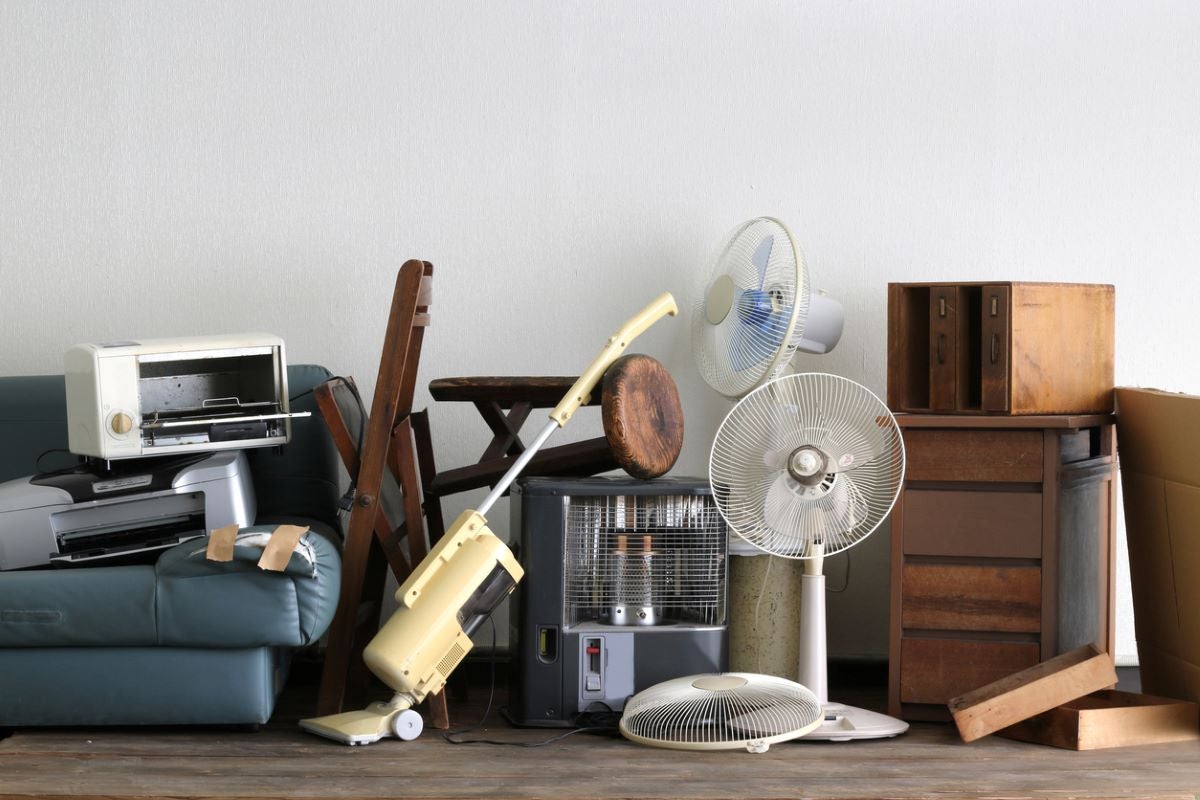
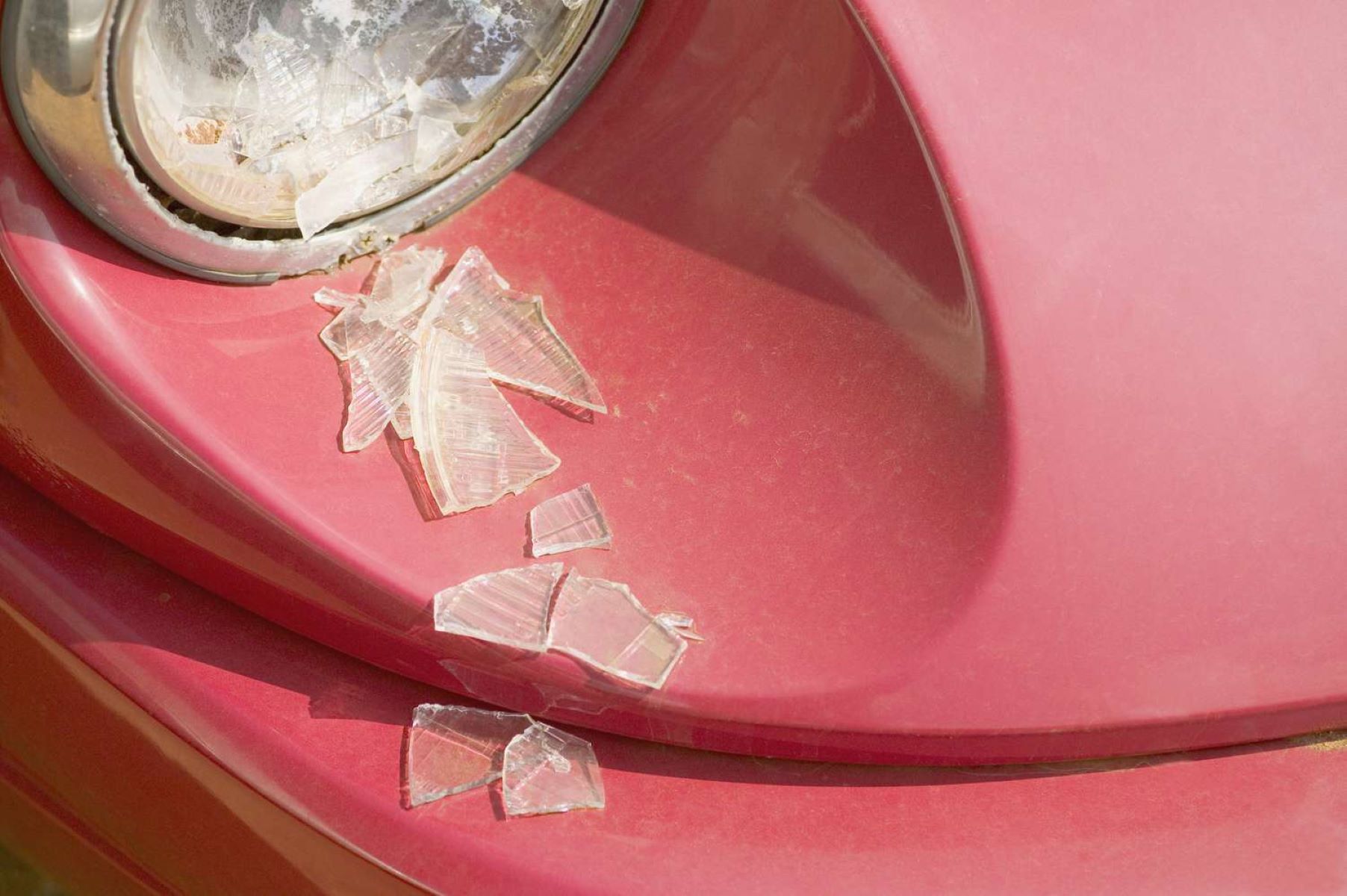
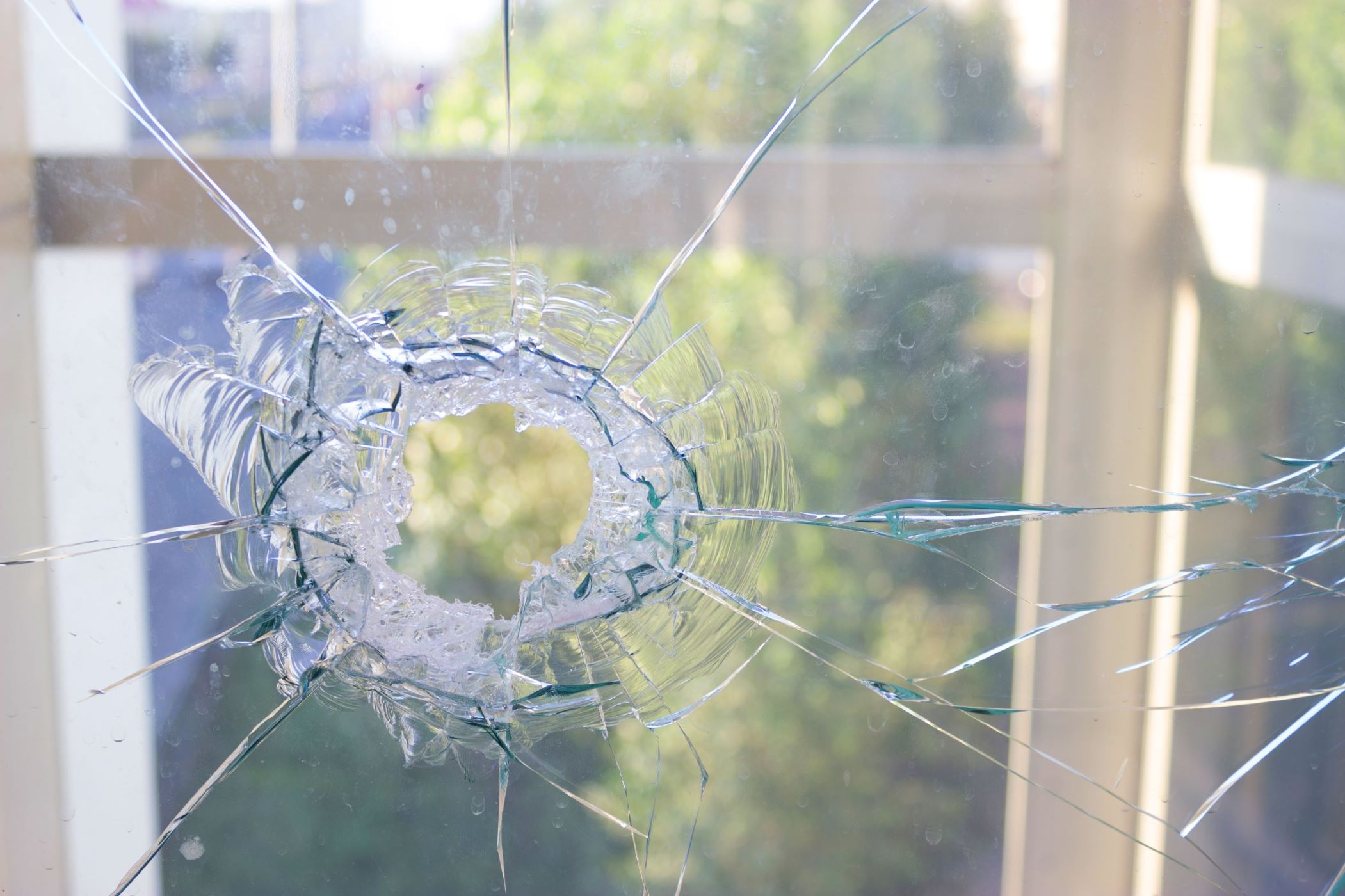
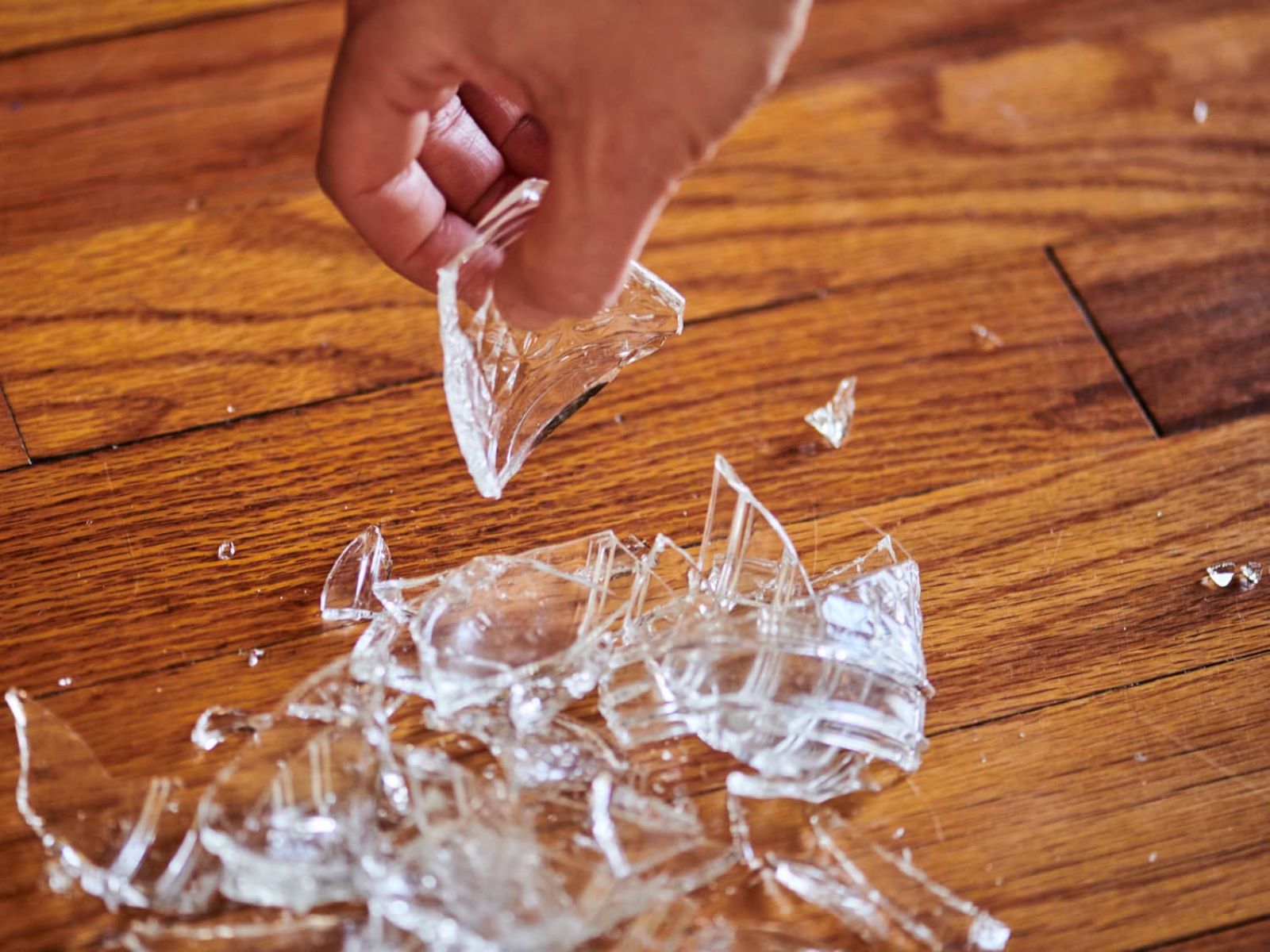
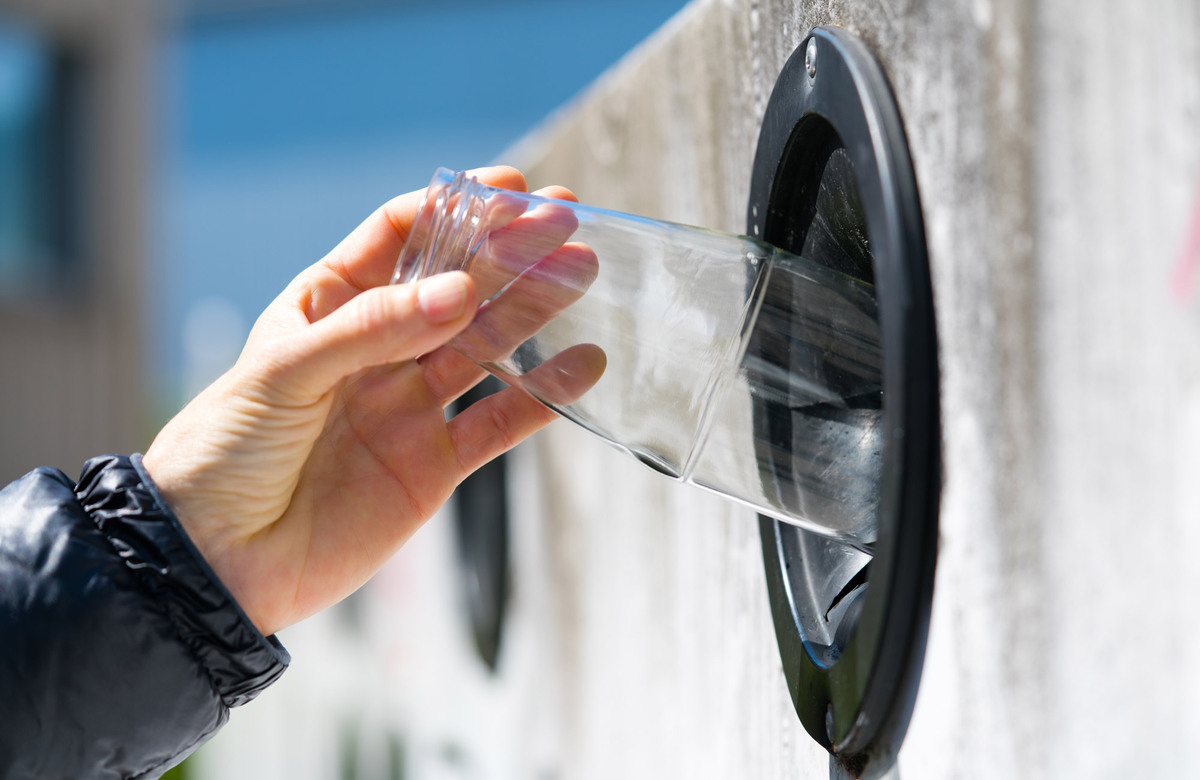
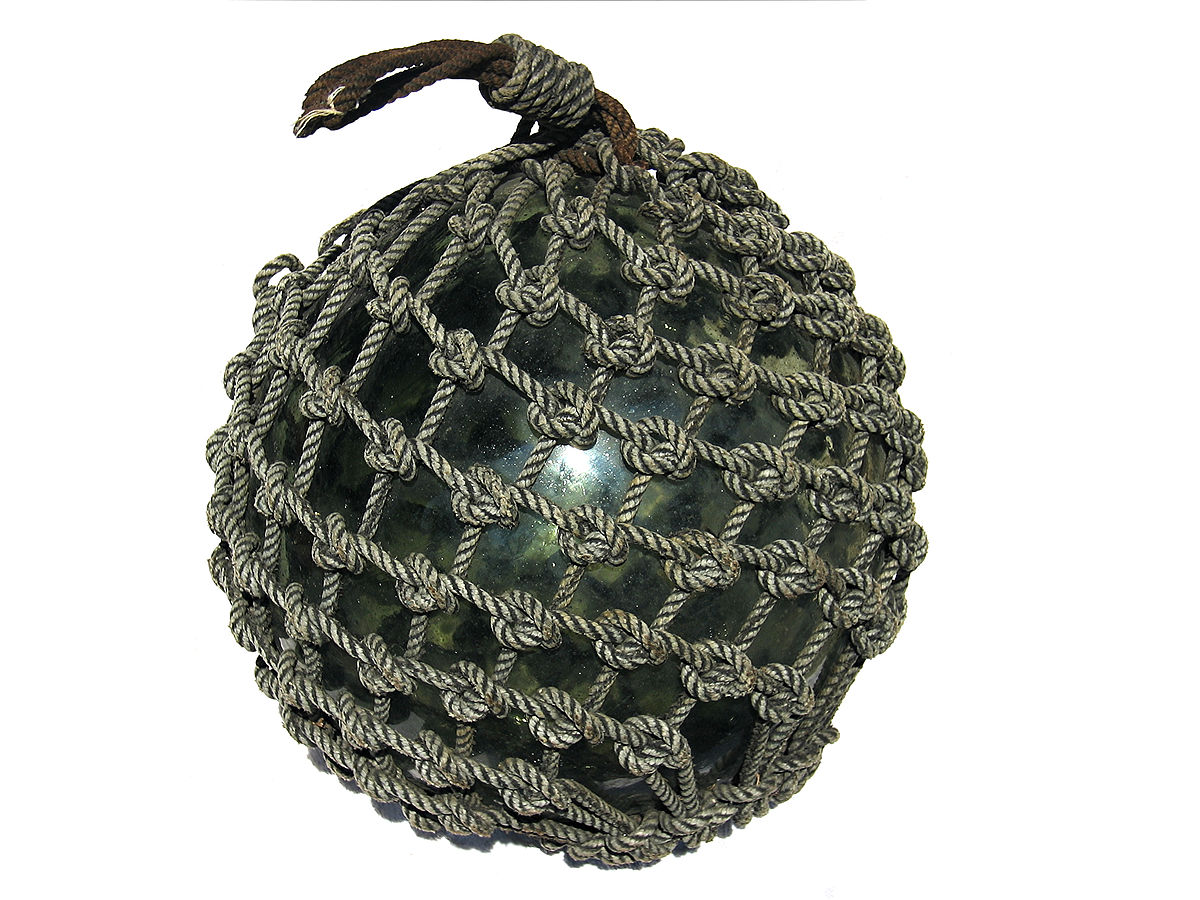
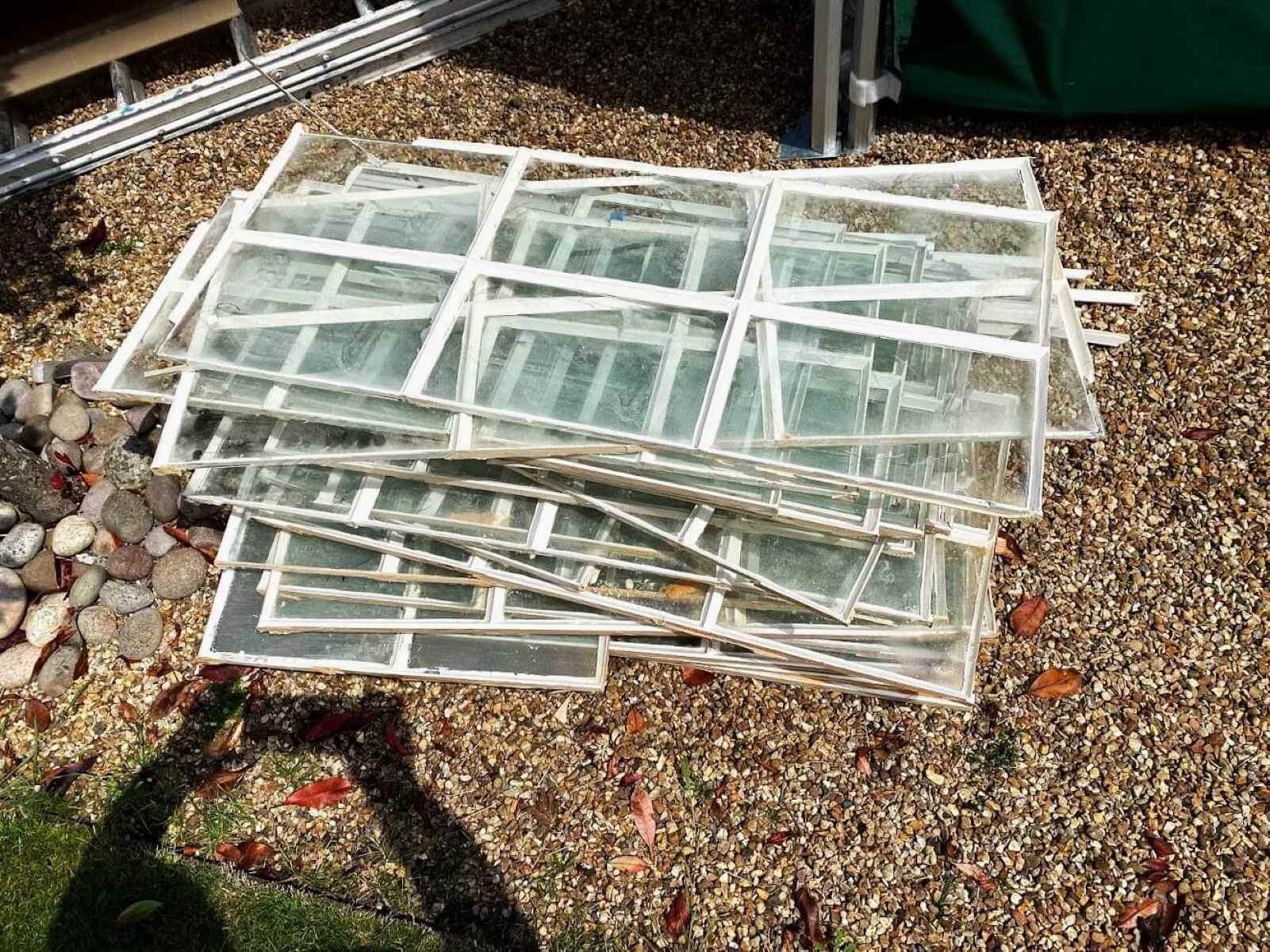
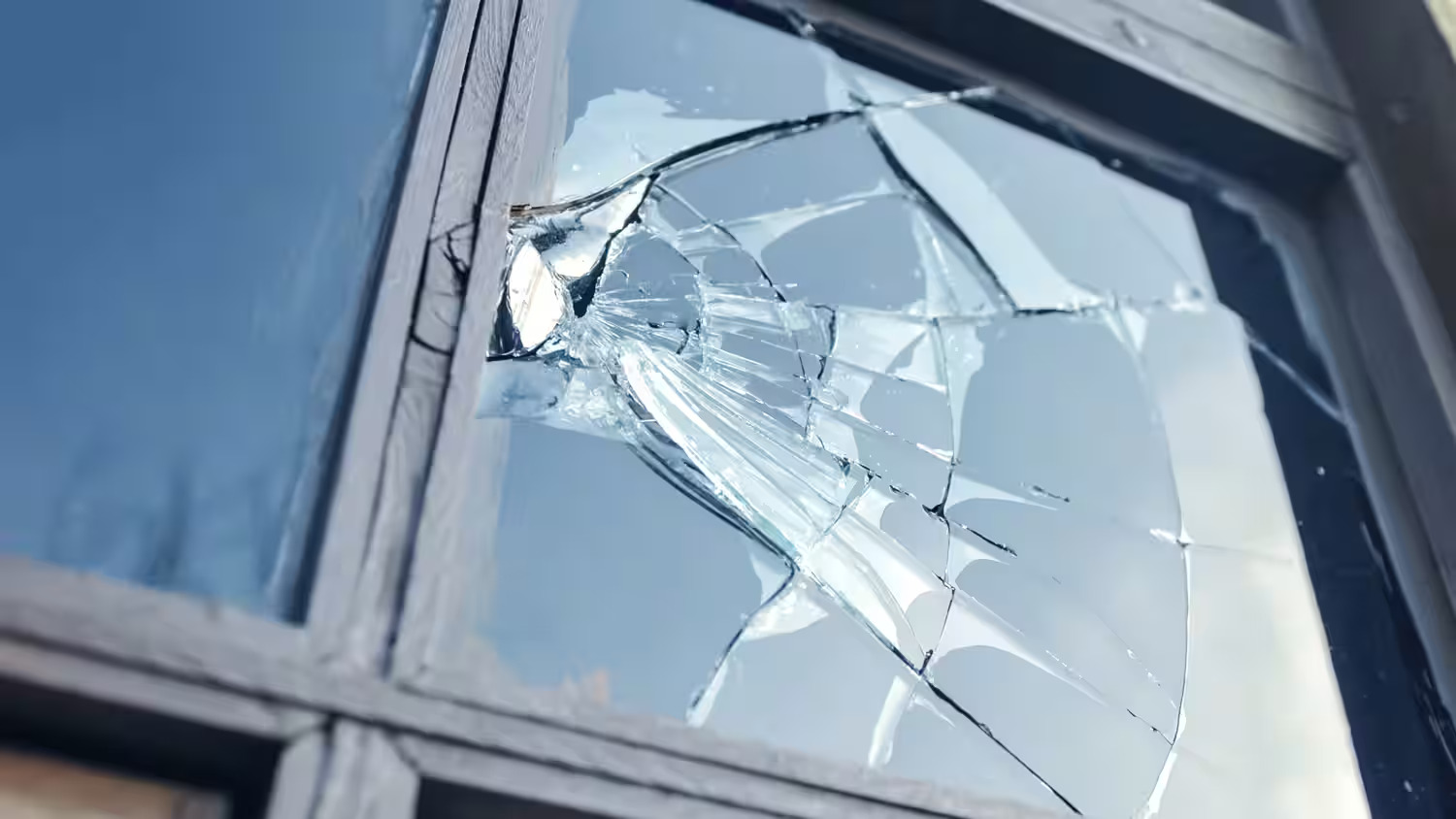
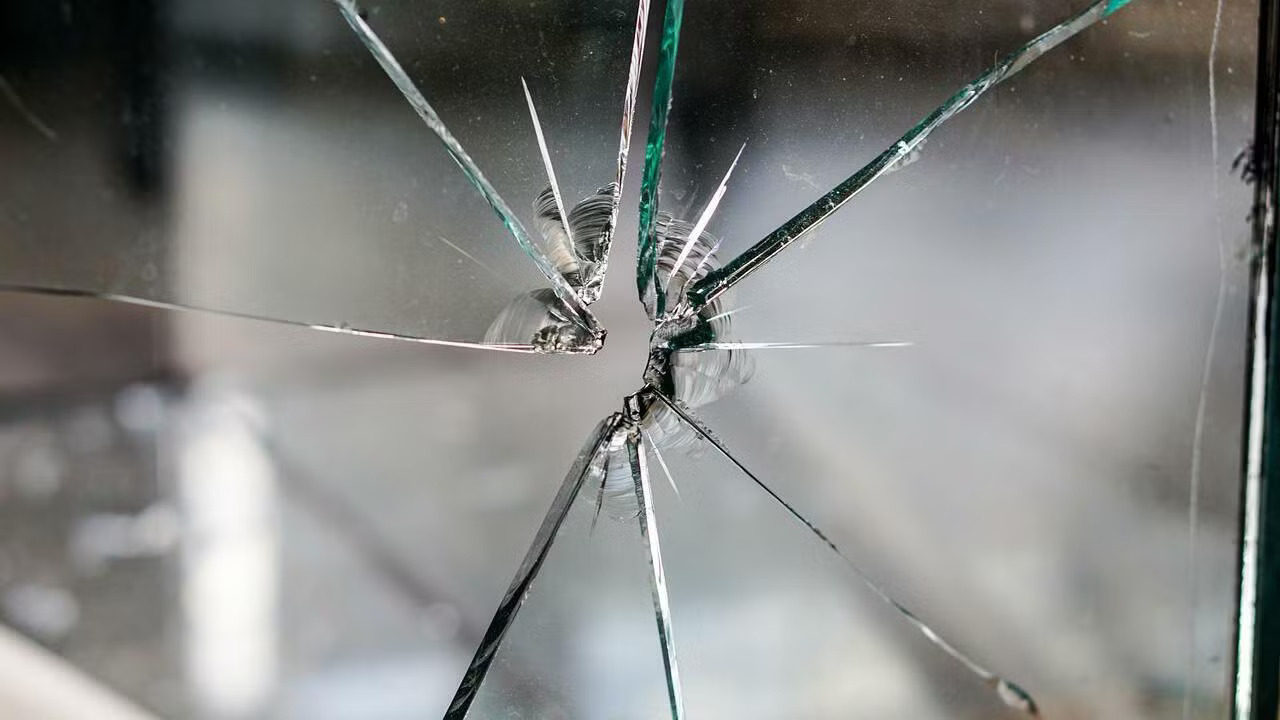

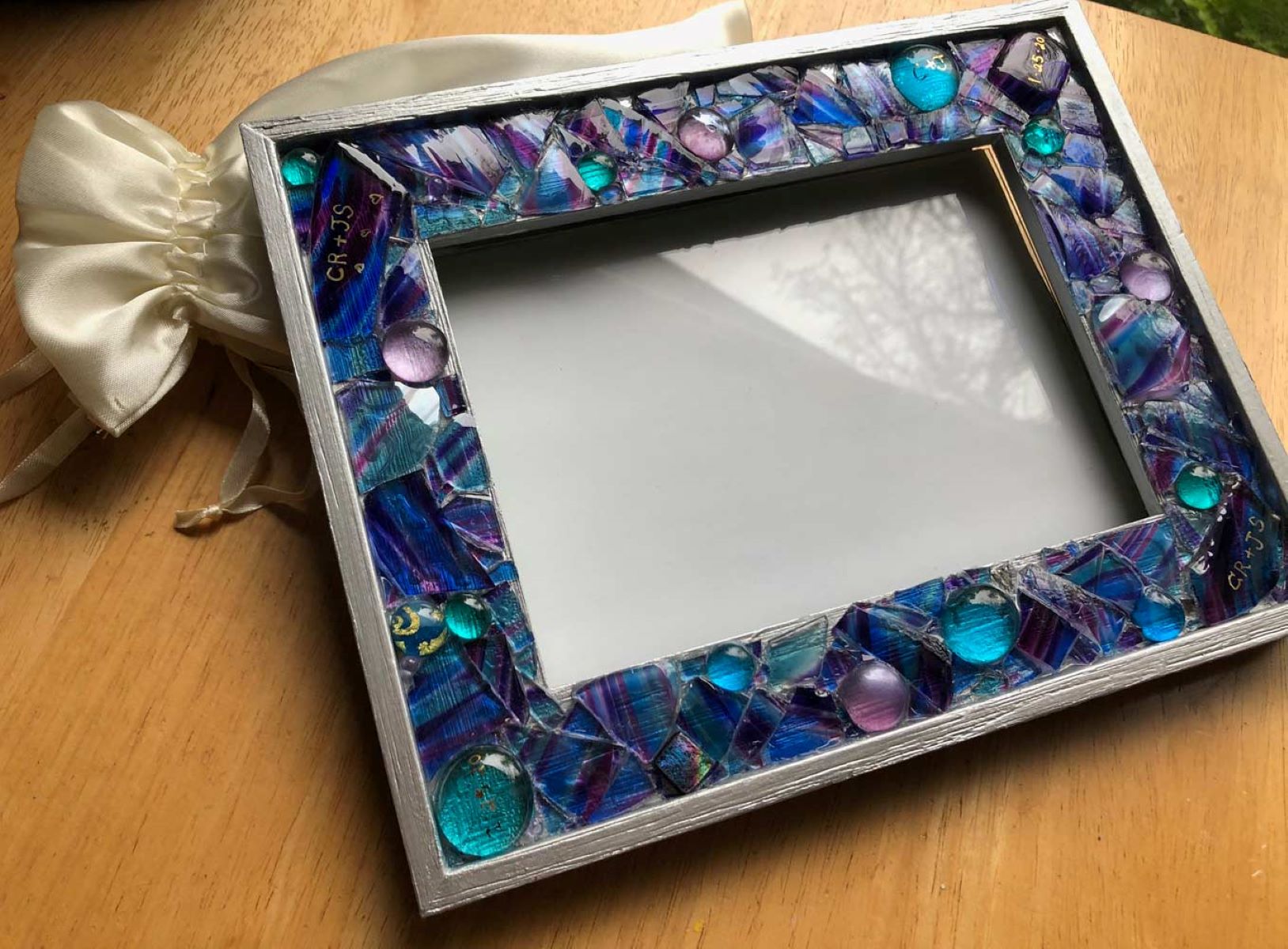
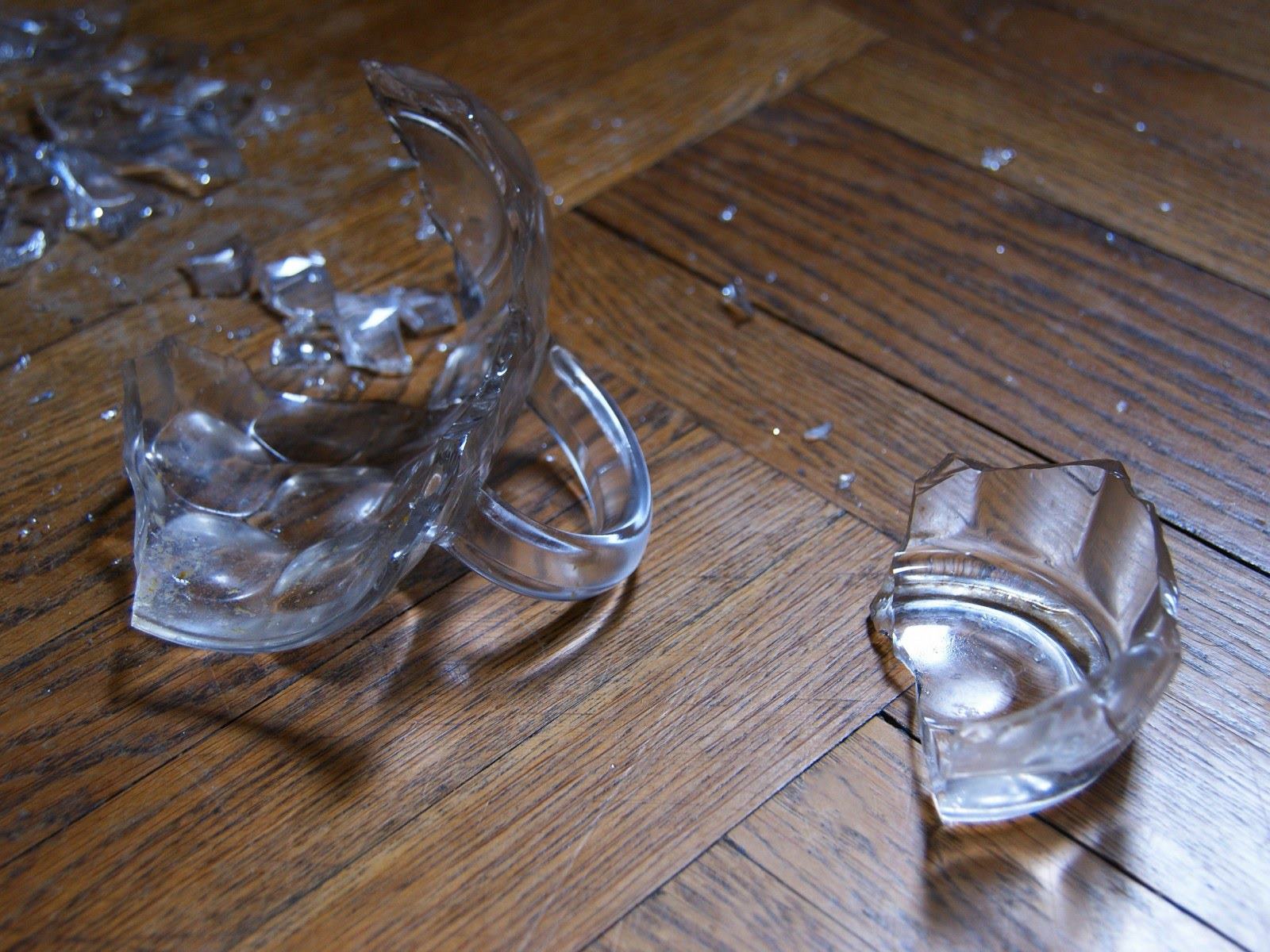


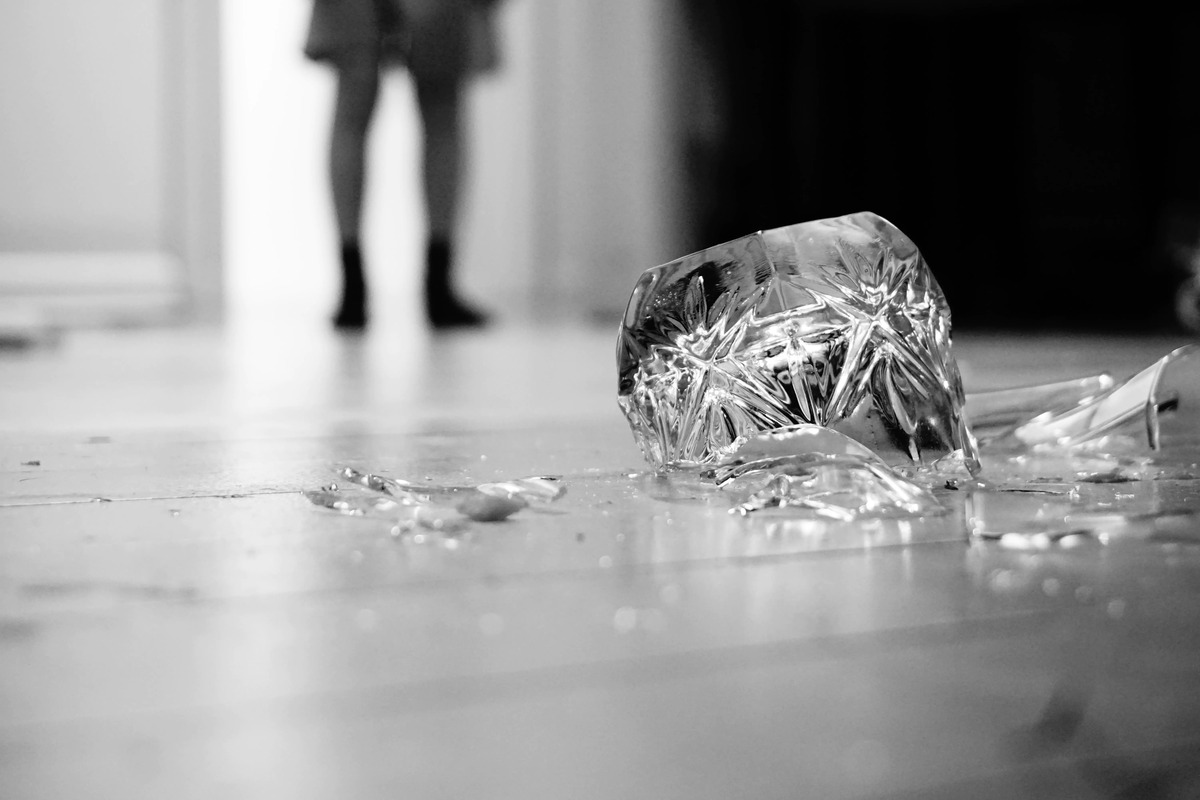

0 thoughts on “How To Dispose Of Broken Glass”